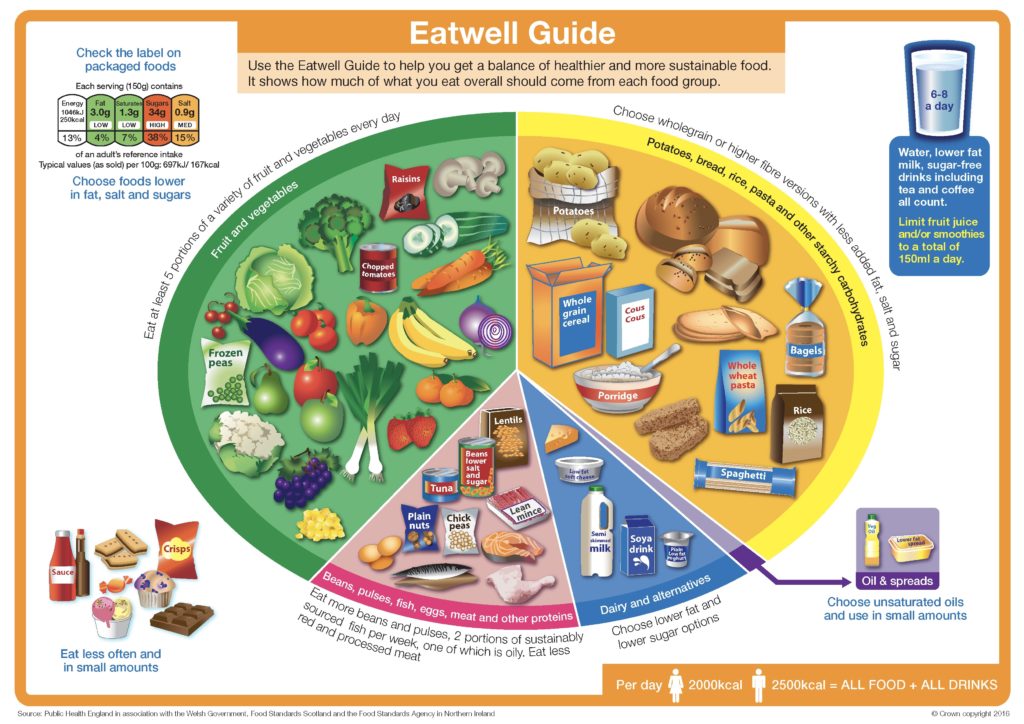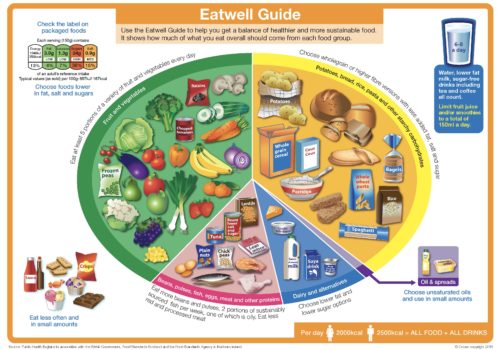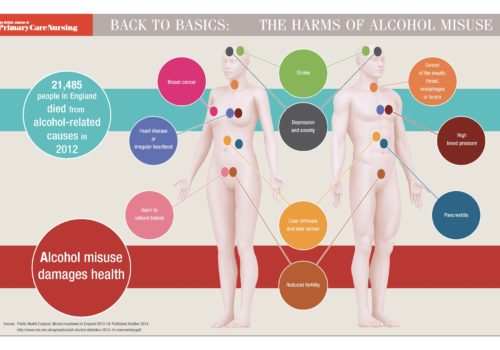This month’s Back to Basics feature is a wallchart showing the new government Eatwell Guide to help your patients understand how to eat a healthy and balanced diet. You may also be interested in visiting the Eatwell page on the NHS Choices website. This includes useful healthy eating tools such as a calorie checker and BMI calculator.
The five key jobs for general practice after a myocardial infarction
The updated NICE guideline on post-myocardial infarction care (CG 172) provides a benchmark for primary care. In this article, Ivan Benett and Jennifer Yung highlight the five key tasks for general practice in caring for someone who has suffered a heart attack.
AF a stronger CV risk factor for women
PCCJ Editor-in-Chief Mike Kirby reviews a recent large observational study in the BMJ which concludes that women with atrial fibrillation are at a higher risk of cardiovascular disease and death than men.
Effect of obsessive-compulsive disorder (OCD) on sexual function and marital satisfaction
Current international literature suggests a high prevalence of sexual dysfunction in female patients with obsessive-compulsive disorder (OCD) and the present study was undertaken to assess the association between sexual dysfunction and marital dissatisfaction in a group of married Iranian women with OCD.
Gender and quality of life in COPD: A systematic review
Morbidity and mortality for women with COPD is increasing. This systematic review uncovers how women seem to experience COPD differently to men, and helps health care professionals to provide an individualised approach to caring for these patients.
Back to Basics: NHS Health Check – interpreting results
This month’s Back to Basics feature is a free wallchart to aid interpretation of the NHS Health Check results. Use this information with last month’s Back to Basics NHS Health Check chart to raise your patients’ awareness of cardiovascular risk factors and to determine the best lifestyle and medical approaches for each individual.
Back to Basics: The harms of alcohol misuse
This month’s Back to Basics feature is a wallchart describing the multiple harms of alcohol misuse in men and women. This could be used during discussions with patients at risk of excess alcohol consumption.
An innovative strategy for the management of chronic heart failure
A large amount of evidence points to the effectiveness of optimising primary care heart failure management in reducing referral to hospital and improving outcomes for patients. This article describes the changes made in a primary care practice that has resulted in measurable difference for the primary care team and their patients.
Updated NICE guideline of type 2 diabetes management in adults
Professor Mike Kirby highlights the key updates in the new NICE guidelines on the management of type 2 diabetes in adults and how these impact your practice. The updated guideline focuses on an individualised approach to patient care with recommendations on patient education, dietary advice, managing cardiovascular risk, managing blood glucose levels, and identifying and managing long-term complications.
Is high-intensity interval exercise effective?
Despite good evidence that physical activity is effective in preventing health complications, less than half of adults meet the minimum recommendations for physical activity. This article reviews the use and value of high-intensity interval exercise (short bursts of exercise) in different groups to reduce the risk of long-term conditions.
Back to Basics: Free NHS Health Check results sheet
Use this free downloadable results sheet to help you and your patients make the most of the NHS Health Check. In addition to recording all the test results, the sheet features a list of personal goals and healthy lifestyle tips for your patient to increase motivation.
How to improve AF-related stroke prevention
Recent guidelines recommend two key steps to reduce ischaemic stroke in people with atrial fibrillation: 1. Improving the assessment of stroke risk and 2. Increasing the use of evidence-based anticoagulant therapy. In this article, leading specialists explain how to apply current guidelines to improve current practice in stroke prevention.

































